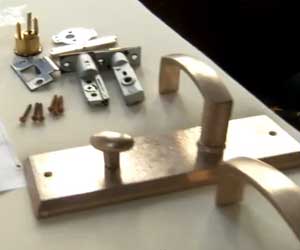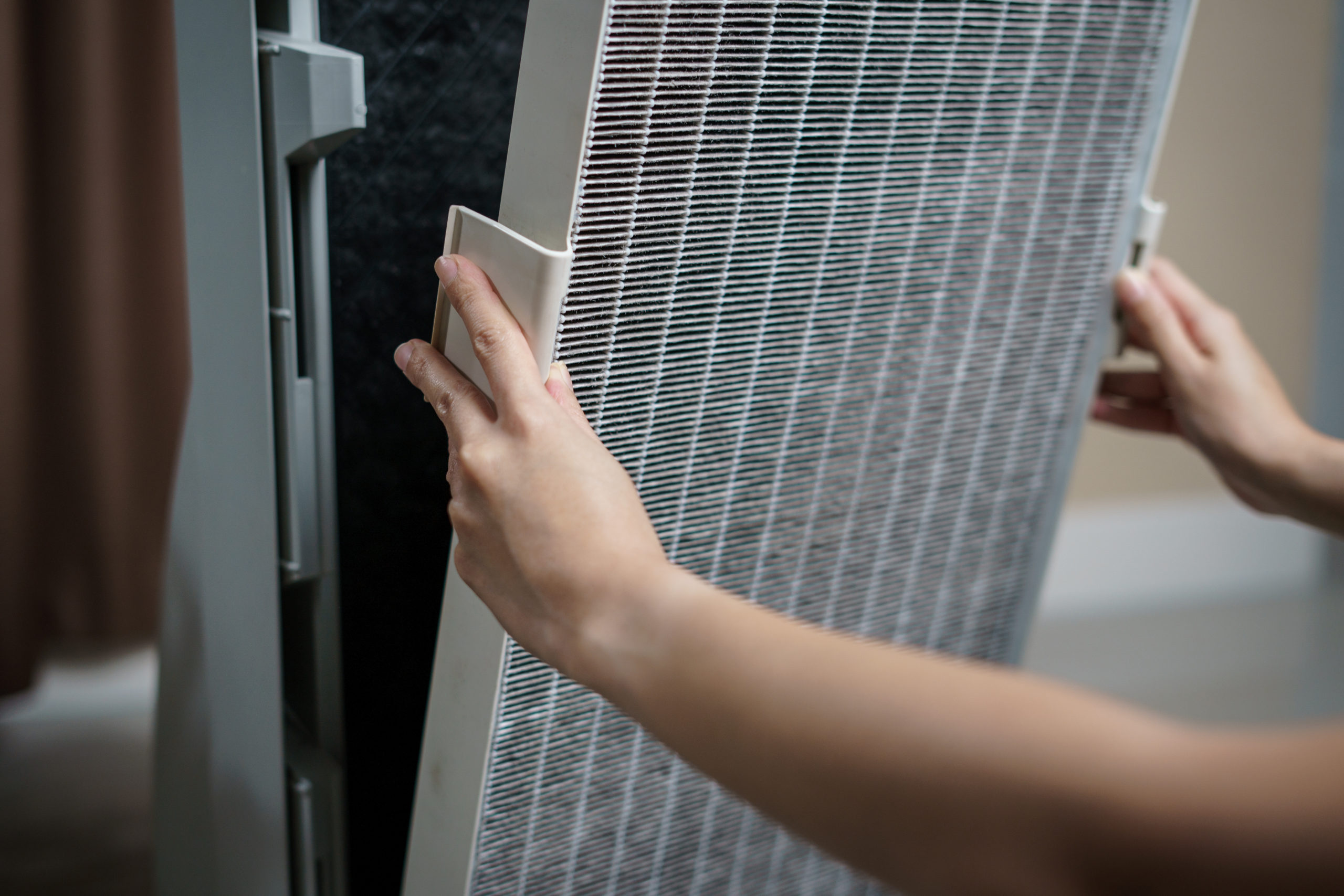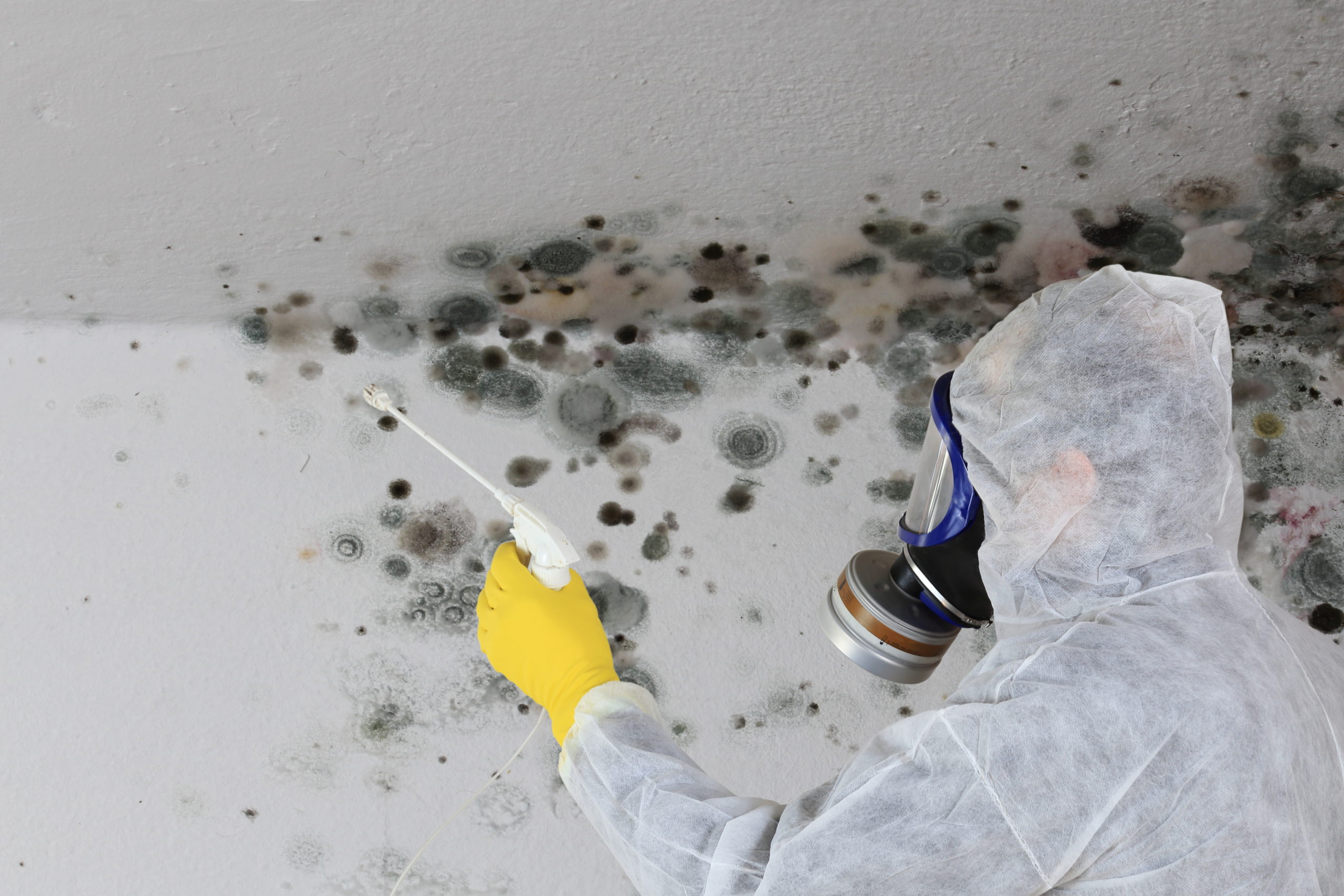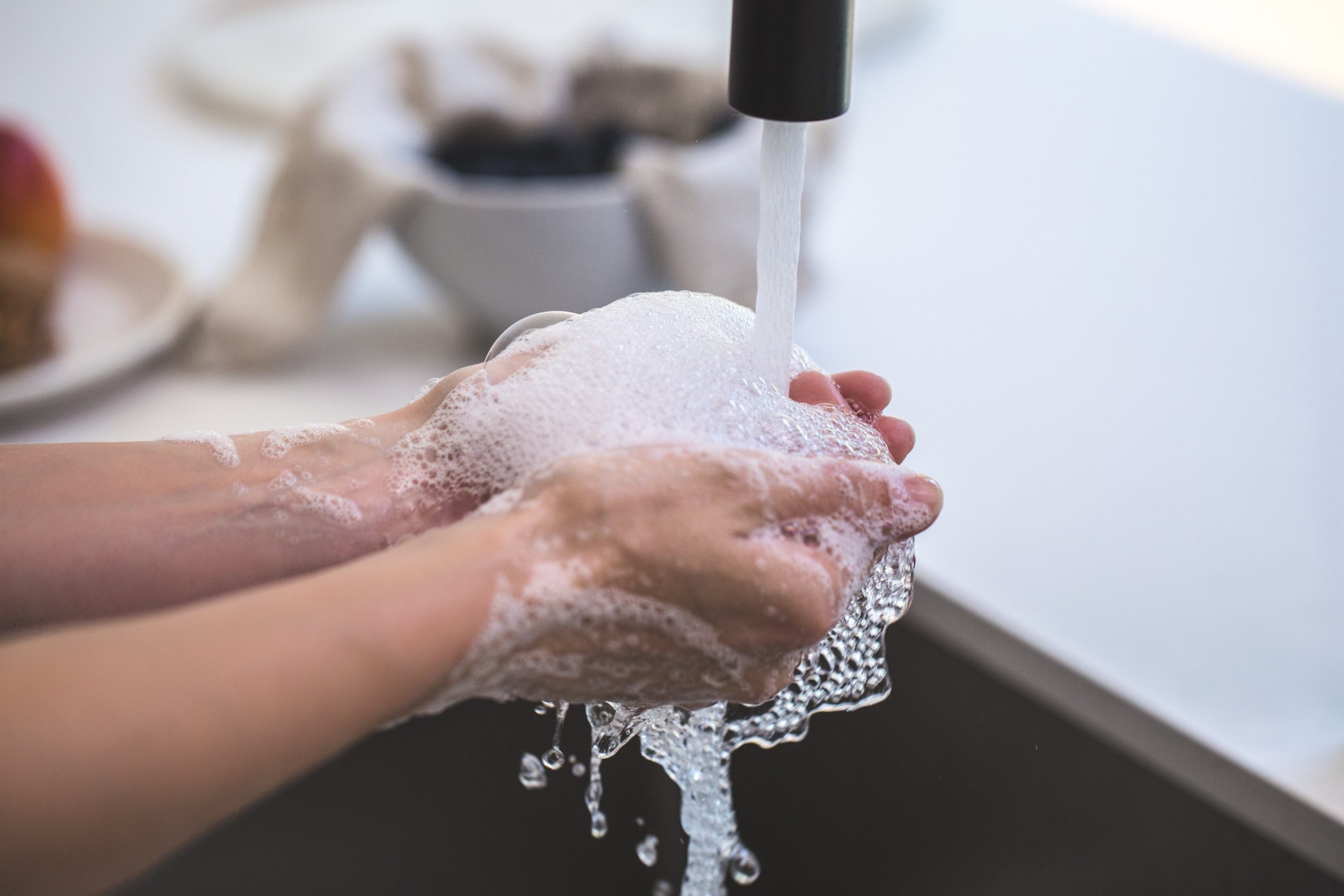Ronald McDonald House adds antimicrobial copper to support medical housekeeping and reduce residents’ risk of illness during recovery.
Hardly a day passes without the results of a new study confirming the rise in frequency and severity of hospital-acquired infections. As the healthcare and commercial segments of the cleaning industry struggle to meet and overcome this challenge, one residential healthcare facility seems to have found an answer.
In late 2011, the Ronald McDonald House in Charleston, SC opened up its 25-room residence to study the effect of antimicrobial copper in high touch areas on the occurrence of microbes and, specifically, of infections acquired by residents. The study is directed by the research physicians at the Medical University of South Carolina and the Copper Development Association.
It’s not often that a clear and strong cleaning for health approach exists in a residential setting, but for the Ronald McDonald House, providing a home away from home is a crucial part of their identity. And as a transition residence between a hospital stay and a return home, the unique challenge of meeting the cleaning challenges of both a public health and private home health venue is at the forefront of the House Manager’s daily mission.
On the Leading Edge of Innovation
“When we learned about copper’s proven antimicrobial properties, we were anxious to be the first Ronald McDonald House to test the touch surfaces. I hope our results will help spur a public health trend toward the use of antimicrobial copper materials,” said Barbara Bond – executive director, Ronald McDonald House of Charleston. “It has been an honor to work with the copper manufacturers and installers who donated time and materials in helping us to make our facility even safer for our guests and their children,” she added.
The replacement of fixtures and surfaces was led by Adam Estelle of the Copper Development Association as part of its work to develop copper alloys for the healthcare industry. “One of our first commercial products is a beautiful seamless countertop and sink bowl manufactured by Elkay Commercial Products,” Estelle said. “We installed about 40 of these in the Ronald McDonald House.”
These incredible sinks along with sink faucets and handles, door handles and locks, dining area table tops and the extensive stairway and hallway railings were all replaced by antimicrobial copper fixtures.
But Does It Work?
![]() Funded by the US Department of Defense, the object of this groundbreaking study at the Ronald McDonald House was to determine if antimicrobial copper could have a material effect on reducing the number of hospital-acquired infections. The study yielded amazing results: a 94-99% decrease in the presence of bacteria on the surfaces and high-touch areas replaced with the anti-microbial copper.
Funded by the US Department of Defense, the object of this groundbreaking study at the Ronald McDonald House was to determine if antimicrobial copper could have a material effect on reducing the number of hospital-acquired infections. The study yielded amazing results: a 94-99% decrease in the presence of bacteria on the surfaces and high-touch areas replaced with the anti-microbial copper.
As the lead investigator of the first multi-site clinical trial in the US, Dr. Michael Schmidt, professor and vice chair of the Department of Microbiology and Immunology at the Medical University of South Carolina, successfully showed that antimicrobial copper surfaces reduce the risk patients face of acquiring hospital infections. He said of the Ronald McDonald House installation: “This practical application of Antimicrobial Copper will provide a strong ‘real world’ example that will give the American public a clear understanding of the public health benefits of copper materials not only in a healthcare setting, but also in hotels, restaurants and other public gathering places.”
The results of the studies to date are so outstanding that “in a generation, it will be standard operating procedure to use antimicrobial copper in hospitals, pediatrician waiting rooms, nursing homes, schools, post offices, public bathrooms, cruise ships and restaurants.” In fact, copper has been making its way more and more into home decorating, and antimicrobial copper in the home has the potential to support such a public health campaign from within the home.
While the study has been repeated in additional residential healthcare facilities, the results and take-aways remain consistent and underscore the growing cleaning for health movement, expanding from a public health concern and into private home areas for health improvement:
1. Use of antimicrobial copper for public surfaces and high-tough areas greatly reduces transferable bacteria. In public, imagine not being afraid to touch the bathroom door handle because you know it’s cleaner than most surfaces where a disinfectant has been used. At home, imagine keeping your family from passing around the traditional back-to-school bugs.
2. Being earth-friendly in sanitization efforts is even easier with antimicrobial copper. Since achieving disinfection is part of meeting regulations in a healthcare setting, the ability to reduce the use of pesticide-based disinfectant chemicals to zero in some areas is a groundbreaking step in the sustainable cleaning movement!
Antimicrobial copper achieves even better results than most disinfecting routines, with less water used and zero potentially harmful or irritating agents.
An Evolving Cleaning Focus
Ronald McDonald House Manager Jennene Koester is so proud of their role in assisting the study, but even more so in knowing that these changes make the Ronald McDonald House in Charleston, SC safer for the families they serve every day.
Beyond the use of antimicrobial copper in both public and private areas, the Ronald McDonald House is proud of their housekeeping protocols and continual moves to reduce toxic cleaning and disinfecting products. Since cleaning antimicrobial copper is as simple as wiping it clean with a good, soil and contaminant-removing cloth such as ultra microfiber, very little additional disinfecting is required.
The majority of the cleaning is now accomplished with good, HEPA-filtration vacuums, microfiber mops, and neutral pH cleaning solutions. With bacteria reduction of 94-99% on copper surfaces as compared to traditional surfaces, the cleaning procedure is focused on removing contaminants, a more time-efficient and effective process than the traditional spray-wait-wipe-dry disinfecting system.
Jennene Koester is the House Manager of the Ronald McDonald House in Charleston, South Carolina. Including responsibility for housekeeping and food preparation, she is an advocate of the science of cleaning and the innovations available to improve public health initiatives.






